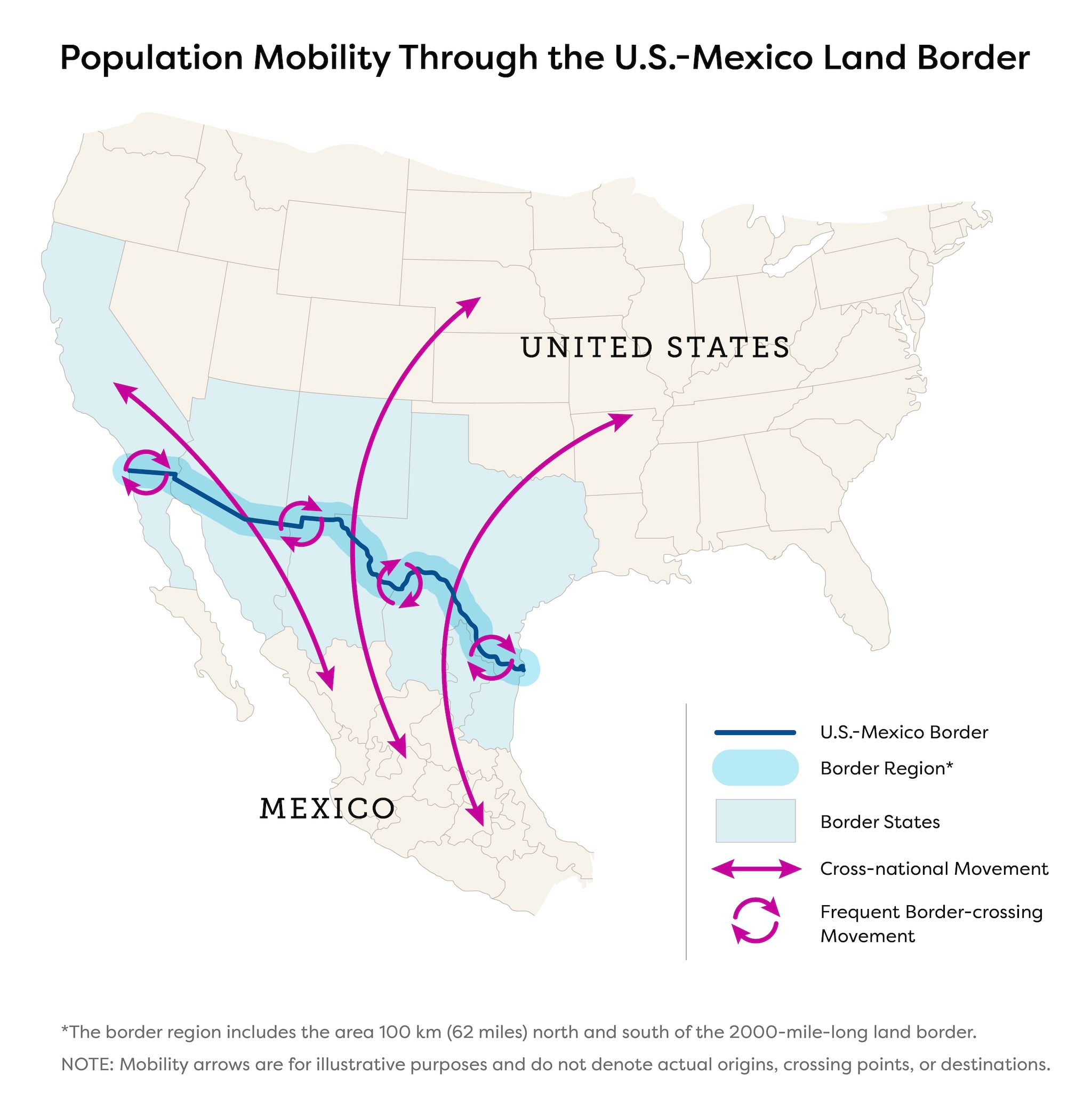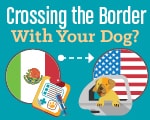About Binational Health

Infectious diseases know no borders. People come and go between the United States and Mexico to visit, work, and live. The movement of people and products between the two countries creates a unique binational environment for preventing and controlling diseases spread through food and water, from insects or animals, and between people.
Border Crossings
- In 2016, 185 million northbound crossings1 took place at 25 land ports of entry along the 2,000-mile border between the United States and Mexico.
Tourism
- Mexico is the top foreign tourism destination for US travelers.2
- In 2016, 31 million people traveled from the United States to Mexico, and 18.7 million Mexicans traveled to the United States.2
Residence
- Mexico is the No. 1 country of residence for US expatriates.3 In 2016, one million US citizens lived in Mexico.3
- 36.3 million people of Mexican origin lived in the United States in 2016.4
- In 2015, within 100 kilometers (62 miles) of the United States-Mexico border, 7.7 million people lived in 44 US
counties across the four border states,4 and 6.7 million lived in 80 Mexican border “municipios” (counties or cities).5
1 US Department of Transportation, Bureau of Transportation Statistics
2 US Department of Commerce, International Trade Administration
3 Migration Policy Institute
4 US Census Bureau, American Community Survey
5 Instituto Nacional de Estadística y Geografía (INEGI)
